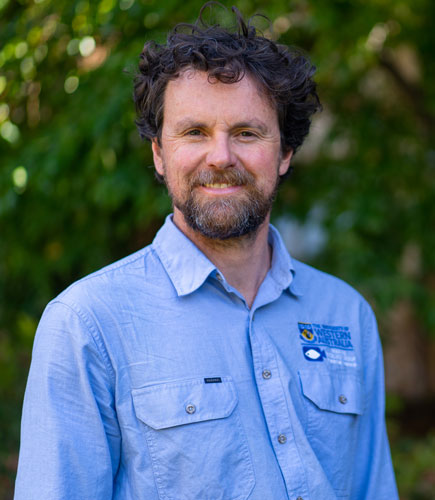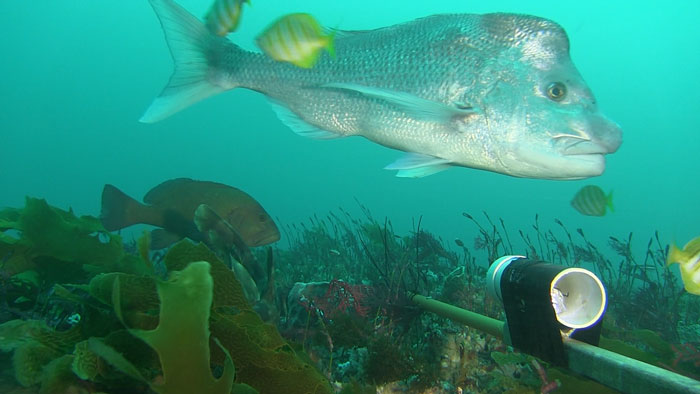Unique underwater vision showcasing thriving marine life has been captured during a research trip to WA’s South West region by ocean scientists at The University of Western Australia and the National Environmental Science Program.
 Marine Biodiversity Hub researcher Dr Tim Langlois, from UWA’s Oceans Institute and School of Biological Sciences said the project opened a new window into Australia’s marine biodiversity within the South-west Corner Marine Park.
Marine Biodiversity Hub researcher Dr Tim Langlois, from UWA’s Oceans Institute and School of Biological Sciences said the project opened a new window into Australia’s marine biodiversity within the South-west Corner Marine Park.
“Nationally, research at these depths is rare, so our work provides a unique local insight and is critical to inform the management of Australia’s offshore marine parks,” Dr Langlois said.
Dr Langlois and the research team worked with Traditional Owners and national collaborators from the Marine Biodiversity Hub and Parks Australia to collect the vision, using baited remote underwater video systems (BRUVs).
“We found hidden cities of kelps, seagrass and sponge gardens thriving in over 50 metres depth off the west coast, plus some iconic local species such as dhufish and pink snapper.”
The South-west Corner Marine Park, managed by Parks Australia, protects the offshore marine environment, extending protection seaward from the coastal Ngari Capes Marine Park.
“In the waters west of Boranup, inshore and offshore no-take zones connect, creating a corridor of protection,” Dr Langlois said.
The research team will use the data gathered to plan for more comprehensive surveys next year, which will use remotely operated vehicles to map the extensive seabed.
The full surveys – which have been delayed due to the COVID-19 pandemic – will compare data between no-take National Park Zones that offer a high level of protection with other zone types, to assess the conservation and sustainable use benefits of the marine parks.
“The South West is a highly popular eco-tourism destination that provides great social value and this data will help make sure our connection to nature in the region is sustainable,” Dr Langlois said.
This research is supported by the Australian Government’s National Environmental Science Program Marine Biodiversity Hub, with additional funding from UWA and Parks Australia.
Parks Australia manages 58 Australian Marine Parks that help protect Australia’s offshore marine habitats and species, supporting the long-term sustainability of our marine industries. More information about marine parks is available on the Parks Australia website.
